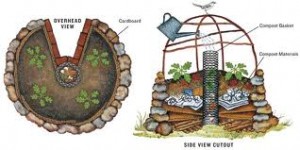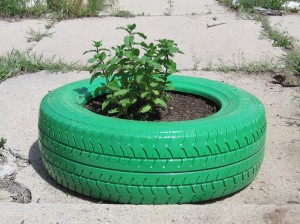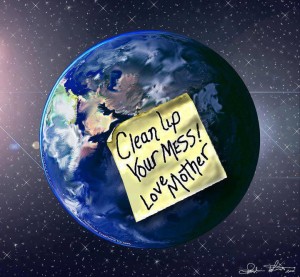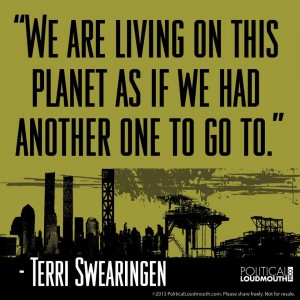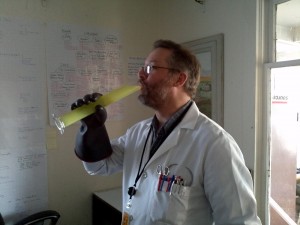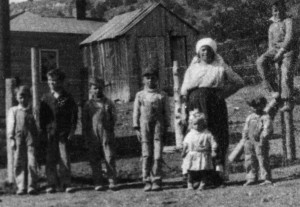As the weather warms up, we are beginning to work on a variety of projects. Aaron is cleaning up the lab and I have begun work in the garden. We have a number of projects lined up and one is to clear our back yard enough to build a greenhouse. The greenhouse will be where Aaron works on the plant respiration experiments. We will be starting aquaponics there as well if all goes well. In the meantime, we are gardening in a variety of manners. Among the projects on the list is a keyhole garden.
For those not familiar with this concept, keyhole gardens are raised beds combined with compost bins. They take up very little room and less water than your average garden bed. We will be building one in the yard to see just how they work. Aaron of course wants to hook one into an aquaponics system. That was the subject of a long debate, and it was decided to build and understand a basic keyhole garden first.
After we understand how this functions, we will see about the aquaponics. As it is, Aaron has a number of tests he wants to run using his Beaglebone electronics packet. 🙂 Below is one of my many recycled planters.

